कोशिश गोल्ड - मुक्त
Thanks to indigenous edibles
The Gardener
|September 2022
When it comes to indigenous edibles, a few spring to mind, especially the fruit of the marula tree that was so memorable in Jamie Uys’s iconic film Beautiful People (1974).
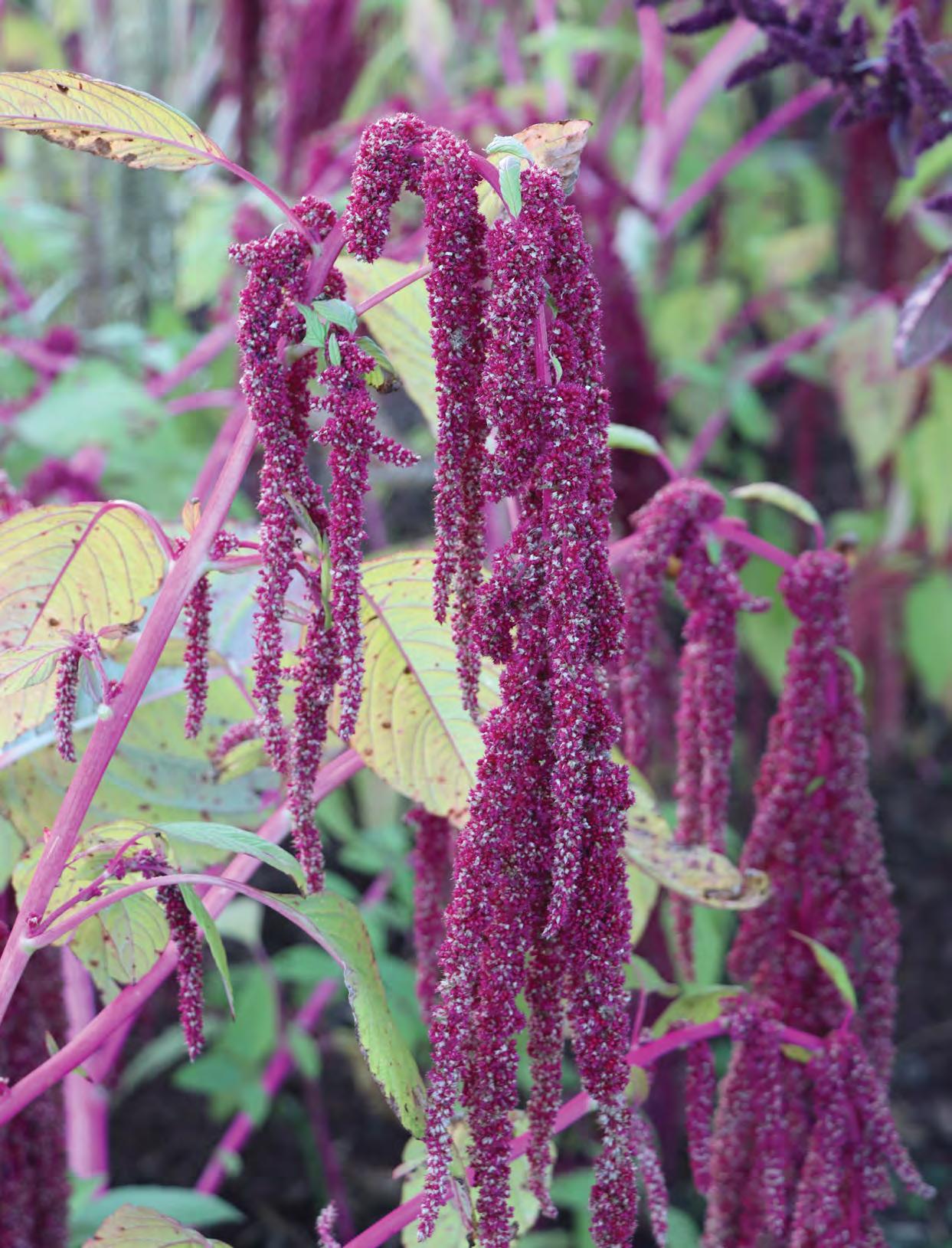
In it, wild animals like elephants, baboons, ostriches and warthogs gorge themselves on fermented marula fruit and then find themselves quite drunk. For those who are not as old as me, you can still see clips from the movie on YouTube for a good laugh. Amongst the more than 22 000 indigenous plant species found in our country, there are a host of edible ones including grains, roots, leaves, berries and fruits. However, there are also about twice as many that are poisonous, so it’s good to be sure before eating any plant. Here are some of the most common edible plants we can call our own and for which we can be truly thankful. With the growing challenges of climate change and the real dangers on our food security, these local crops just might be our saviours. It’s time to learn more about them:

Amaranth
One of the most nutrient-dense veggies around is amaranth. It is a source of many vitamins and minerals as well as protein, and comes with a host of medicinal properties. Amaranth flour is also gluten-free while the leaves are used as a green vegetable and the seeds as a grain. Amaranth prefers the warmer, summer-rainfall, sub-tropical areas and needs space to grow to its full height of around 1.8m. It likes lots of water but will cope with drought if necessary. The drooping blooms make exceptional cut flowers.

Sorghum
The grain Sorghum bicolor
यह कहानी The Gardener के September 2022 संस्करण से ली गई है।
हजारों चुनिंदा प्रीमियम कहानियों और 10,000 से अधिक पत्रिकाओं और समाचार पत्रों तक पहुंचने के लिए मैगज़्टर गोल्ड की सदस्यता लें।
क्या आप पहले से ही ग्राहक हैं? साइन इन करें
The Gardener से और कहानियाँ

The Gardener
Preserving apples
The end of the apple season means that apples need to be preserved for the next six months until the next harvest is ready.
3 mins
July/August 2025
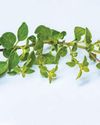
The Gardener
Golden Oregano
Origanum vulgare ‘Aureum’, as its name suggests, is golden yellow in full sun and cool weather. These bright herbs are highly fragrant, with a classic oregano taste and aroma, and are often used in the kitchen for pasta and pizza. In summer, the yellow leaves will be covered with small pink and purple flowers.
1 min
July/August 2025
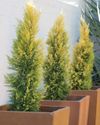
The Gardener
Potting up a conifer
Conifers generally are well-behaved plants with interesting, evergreen foliage and mostly formal and neat growth habits. This makes them stately candidates for roomy containers.
1 mins
July/August 2025

The Gardener
Enduring and venerable trees
There cannot ever be a good reason not to plant a tree, and somewhere there is just the right tree for you...
3 mins
July/August 2025
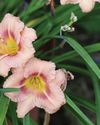
The Gardener
Daylilies make a comeback
Daylilies are making a comeback in 2025 with even more shapes, twists, ruffles, pleats, picotees, curves, and stunning colours and colour combinations. There are singles and doubles, big and small flowers, each unique, and yes, they only last a day! They do, however, have another flower bud just behind that one, ready to show off the next day.
1 min
July/August 2025
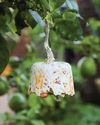
The Gardener
How to make a fat ball
Some birds love a fat ball in winter to boost their energy levels. These are easy to make and a fun project to do with the kids.
1 min
July/August 2025

The Gardener
The Princess and Obsession
It only takes two wonderful modern hybrids of old garden favourites to prepare a garden and containers for an unforgettable spring performance.
1 mins
July/August 2025
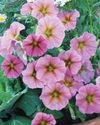
The Gardener
Pink and pretty
Pink colour shifters with hot appeal...
2 mins
July/August 2025

The Gardener
GROW the WALL
If you want lots of flowers in plantable concrete retaining wall blocks or lush stems and foliage cascading over dry stone walls, we have good plant suggestions for you!
5 mins
July/August 2025

The Gardener
Winter indoor plant care
Winter can be a tough time for your houseplants; a drop in natural light, drier air, and cold drafts can all influence their lush appeal. As plant lovers, spending more time indoors in winter creates opportunities to keep a close eye on your leafy companions and make some changes to avoid these common winter blues.
1 min
July/August 2025
Translate
Change font size
